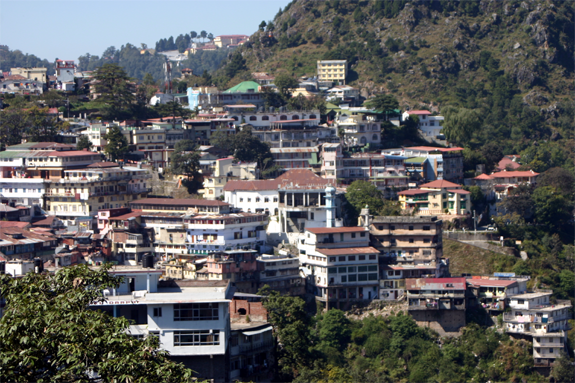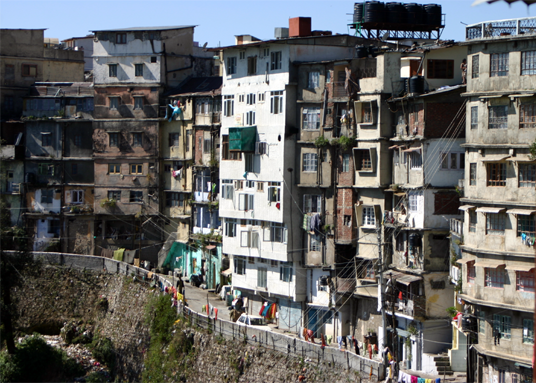Dehradun : The latest report of the Uttarakhand census department only confirms the worst of fears. The green spaces are being taken over by concrete jungles and commercialization in this small mountain state is becoming its bane.
Even known forests as the Corbett National Park and the Rajaji Sanctuary and their buffer zones are being encroached upon by resorts while the concerned officials responsible for stopping the malaise are only looking the other way.
In the last 10 years (Uttarakhand came into being on 9 Nov 2000), while the population of the state has grown by 19.17 per cent, there has been an increase in constructions to the tune of 31.8 per cent.
And of this, hotels and resorts account for 70.9 per cent, while essential hospitals and dispensaries account for a mere 4.3 per cent and industrial units or factories for just 6.8 per cent. Residential houses showed an increase of 28.5 per cent.
And while the whopping 800 per cent increase in mobiles and telephones may indicate that there is an increase in the spending power, but the grim scenario remains the migration of youth from the rural areas to the cities of not only Uttarakhand but other metros of the country in search of jobs.
Consequently villages are being deserted, which is also reflected in the census which shows that over 50 per cent of the houses have been vacated and locked.
Even as there has been a steep increase in the construction of hotels and resorts in the state, the census report also shows that global worming is having a definite impact in the natural environs of the small mountain state.
There has been a decrease of 36.9 per cent in the number of waterfalls that attracted visitors and tourists from all over.
Alarming is also the fact that a the state has witnessed a decrease of 40 per cent in the number of streams and rivers that have dried up during the last decade and also registered a drop of 27.3 per cent in the number of lakes and ponds.
Sanitation and hygiene also remain neglected aspects of the governments that have governed the state over the years since it came into being.
For the 13 districts of the state, none can claim of a proper sewerage of drainage system and ranging from 25 to 65 per cent, the drainage water is left to flow on the roads, much to the chagrin of the residents. IN the monsoons it becomes a nuisance to people to commute on the roads.
Over 40 per cent of the houses in the state do not have toilets and defecation is out in the open.
Even this figure is being taken with a pinch of salt by experts, who feel that if the rural hinterlands in the higher areas of the state have practically have no toilets whatsoever and since ages the people are used to going out in the open.
Photos courtesy: Piyoosh Rautela
A journalist with over 40 years of experience, Jagdish Bhatt was Editor, Hill Post (Uttarakhand).
Jagdish had worked with India’s leading English dailies, which include Times of India, Indian Express, Pioneer and several other reputed publications. A highly acclaimed journalist, he was a recipient of many awards
Jagdish Bhatt, aged 72, breathed his last on 28th August 2021 at his Dehradun residence.




